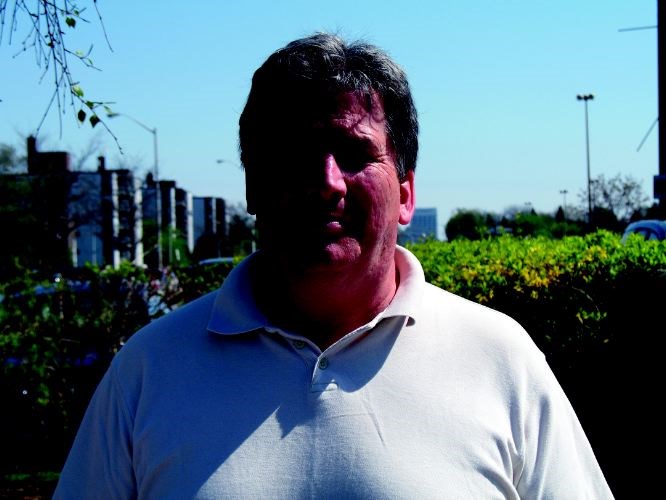A new resource is on the market to teach people how to better take care of their bones.
The book, The Osteoporosis Book: Bone Health, has been endorsed by Osteoporosis Canada as a valuable guide for sufferers.
Larry Funnell would have benefitted from some comprehensive literature in 1998 when he was diagnosed with the bone disease - after he suffered eight fractures.
He is now the chair of the Osteoporosis patient network.
"It took some time, I was a typical man and I tended not to talk about it. For the first eight years after my diagnosis, I didn't talk to anybody about my disease. My immediate friends and family know but not my coworkers or the strangers on the street," Funnell said.
The book hopes to overcome some of the stereotypes and stigmas that go hand-in-hand with bone disease.
"Most people everywhere still think it's a woman's disease and that kept me from talking about it and caused me to be embarrassed about it," said Funnell. "The stigma is slowly changing but not fast enough for some of us... I was looking for information when I came across the Canadian Osteoporosis Patient Network and that changed everything for me, I was meeting a bunch of people just like me."
Gwen Ellert, RN, Alan Low, pharmacist, and John Wade, rheumatologist collaborated and wrote the book together.
It's release date couldn't be any better, as November is Osteoporosis prevention month in Canada.
"This book took us three years to write, it usually takes about 18 months. But Osteoporosis Canada was in the process of changing their guidelines, so we decided to wait... the changes included the addition of vitamin d and a small reduction in the suggestion amount of calcium suggested," said Ellert.
"The face of the disease has changed dramatically. The awareness we have now is huge especially with the baby boomer increase. Particularly in B.C., we are passionate about health but there are still people who just don't know enough."
According to Ellert, less than 20 per cent of women and 10 per cent of men are appropriately tested after an osteoporosis-related fracture and hip fractures that are a result of the disease consume more hospital bed days than stroke, diabetes, or heart attack combined.
Funnell was in the majority when it came to getting tested properly.
All of his fractures were the results of falls from a standing position, called fragility fractures.
"You can slip on something in the living room and break a wrist or a hip. That shouldn't happen if your bones are health. Most people will get a bruise and be a bit sore but for me when it happened I'd break something," he said.
Since coming to terms with his challenges, his health has improved dramatically.
"I've done very well. I haven't fractured anything in 11 years."
To learn more about the book visit www.osteoporosisbook.com



